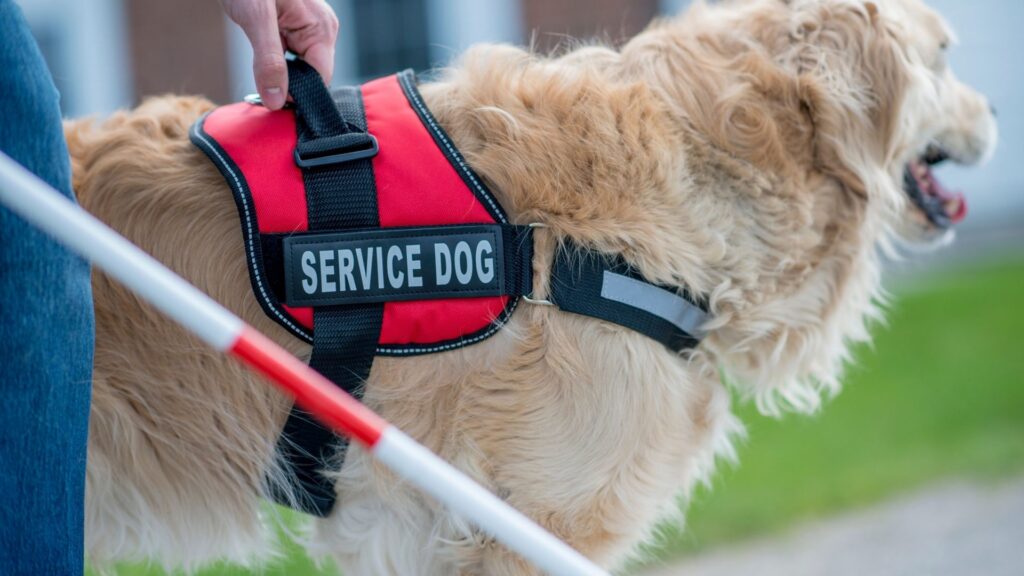
Service Dogs are Cuddle Ninjas
Dogs have been helping and working with humans since the beginning of time. They help with farming, hunting, defense, and many other things. Service dogs, working dogs, therapy dogs, and emotional support dogs all help people in important ways, but the terms don’t mean the same thing. Each recognition is clearly spelled out, both in terms of the work done and the legal rights it gives.
The purpose of a service dog is to assist persons with impairments in performing daily tasks without the need for assistance. Service dogs go through a wide range of training to accommodate their individual handlers, making the range of activities they perform as broad as the range of individuals they help. What a service dog provide for the disabled is not only helpful, but often crucial to their survival.
Service dogs are not the same as working dogs, but they do have two things in common: they are allowed in all public places by law, which is more than what emotional support animals can do, and they are not “pets,” but dogs with very important jobs to do.
Sirwiss-affiliated dog handlers and pet trainers have plenty to say on the subject of service dogs, whether you need one or you have a dog that needs to be trained as one. Read on to find out what is involved in service dog training.
Service Dogs 101
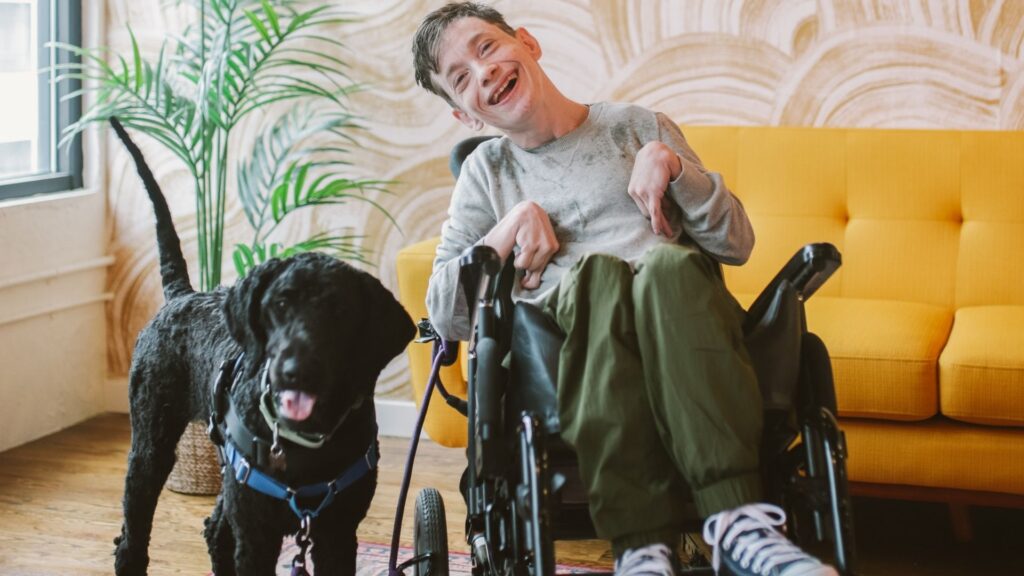
The number of people who own dogs increased considerably over the past century and millions of people consider their canines to be valuable companions or working partners. There is scientific evidence that having a dog in the home improves mental and physical well-being.
Dogs that are trained to assist people with impairments not only have these natural talents, but also know how to do a variety of specialized duties. The use of service dogs has increased dramatically over the past decade. However, as the use of service dogs has become more widespread, so have the issues that might arise from the public’s lack of knowledge about the nature of their training, their job duties, and the accommodations they are entitled to in public places.
A guide dog was the usual service dog in the 1920s, helping people with visual or auditory impairments. A lot of people who needed guide dogs got German Shepherds. These days, people with disabilities can get service dogs of all shapes, sizes, and breeds to help them with a wide range of daily activities.
What Do Service Dogs Do?
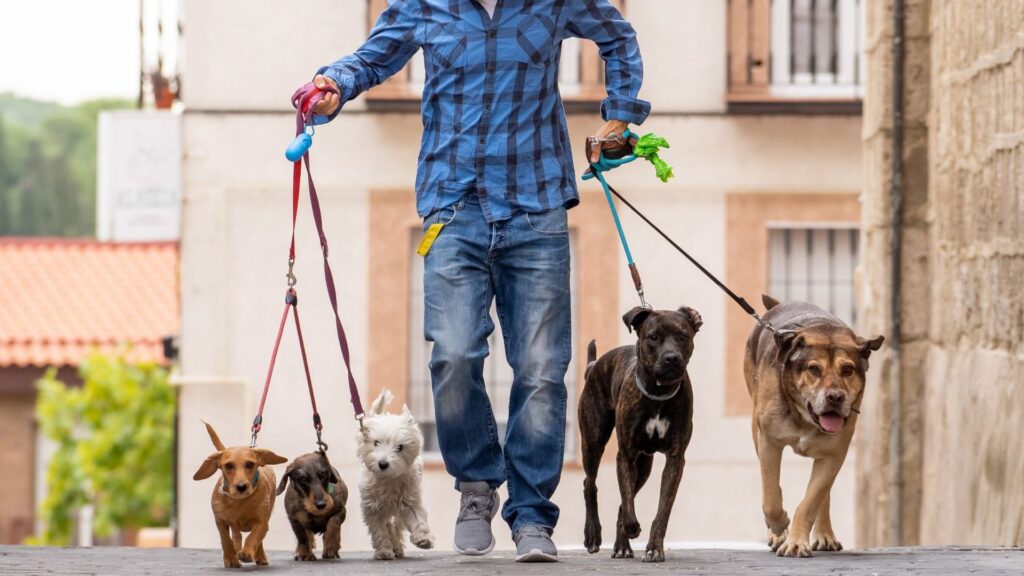
Service dogs are specially trained to assist individuals with impairments, including “physical, sensory, psychiatric, intellectual, or other mental disability.” A service dog’s duties must be closely tied to the needs of its disabled handler. A service dog’s abilities include, but are not limited to, the following:
- Guide dogs help blind people navigate the world.
- Hearing (or signal) dogs alert deaf people to sounds, such as a knock on the door or a person entering the room.
- Psychiatric dogs are trained to detect and lessen the effects of a psychiatric episode.
- Service dogs help those in wheelchairs or who are otherwise physically limited. They may open doors or cabinets, fetch things their handler can’t reach, and carry items for their handler.
- Autism assistance dogs are trained to help those on the autism spectrum to distinguish important sensory signals, such as a smoke alarm, from other sensory input. They may also alert their handler to repetitive behaviors or overstimulation.
- Service dogs that are trained to recognize seizures and will stand guard over their handler during a seizure or go for help.
What is a Therapy Dog
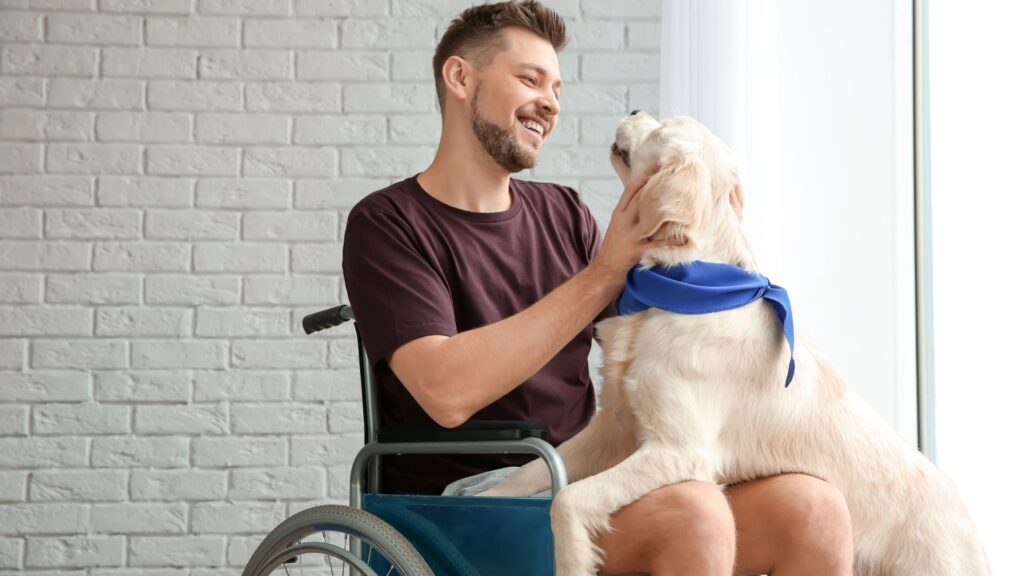
The assistance provided by therapy dogs is distinct from that provided by service dogs and emotional support animals. They aren’t “housebroken” or “trained” to go to a certain person. Instead, these are dogs that work with a person (typically the dog’s owner) in therapeutic settings including hospitals, mental health facilities, hospices, schools, and nursing homes, providing comfort, affection, and even love to those who need it. In order to help people, therapy dogs are taught to be social and relaxed in new settings. They need to be patient, kind, and easy to handle. They shouldn’t be easily startled by loud noises or sudden movements.
How Can Emotional Support Animals (Esas) Help?
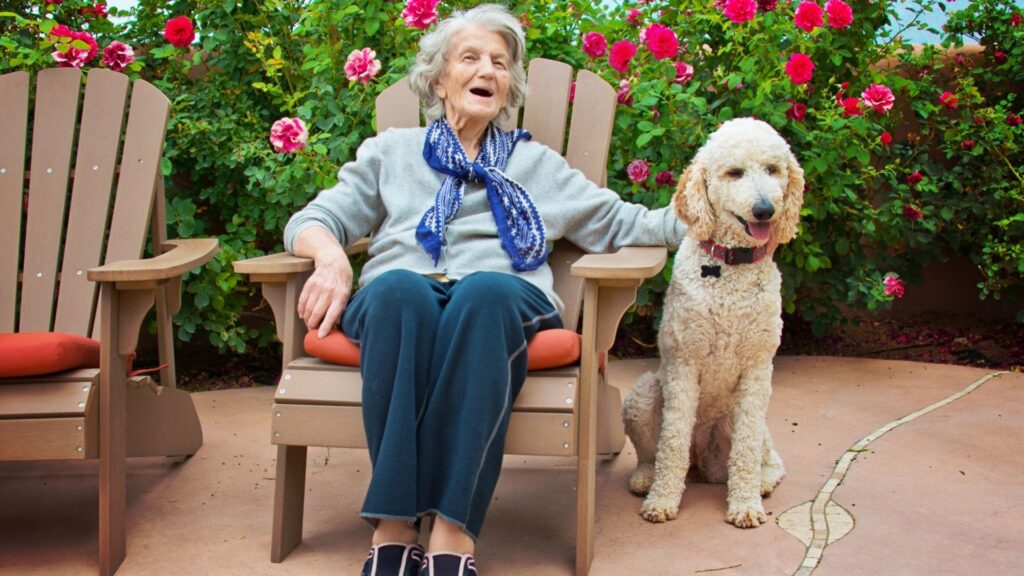
The primary distinction between an ESA and a service dog is that the former may be trained for a specific owner, while the latter is not. The help these dogs give their owners who suffer from mental illness is not diminished in any way by this. Companion animals are known to reduce the negative effects of stress, sadness, fear, and isolation. An emotional support dog is a dog that has been recommended by a mental health expert to help with the symptoms of a mental or emotional disorder, such as anxiety, depression, or panic.
Types of Service Dogs

A service dog is a canine trained to work with people who have physical or mental impairments. However, service dogs go through a wide range of training and perform a wide range of jobs since the needs of each individual they assist are unique. While they differ from working dogs in that they are not “pets,” they do have crucial responsibilities to accomplish. So, what are those jobs? Here are the different types of service dogs and the important responsibilities they play.
1. Guide Dogs
Guide dogs may have been the first service dogs in the way we think of them now. In fact, the first known guide dog was used in the first century A.D., and regulated training of guide dogs began in the 1700s. The job of a guide dog is to help people who are blind or have trouble seeing. This means helping their handlers get around barriers, supporting them in public, and helping them get up and down stairs. “Selective disobedience” is one of the most unique things about guide dogs. This means that they can follow directions while still making decisions based on their own thoughts about a situation. People often see guide dogs wearing a special collar with a bar that their owners can hold on to for help. They often wear outfits that say “Do not pet me,” which is a very important rule to follow since guide dogs should not be distracted while they are working.
2. Hearing Dogs
Hearing dogs help people who can’t hear or can’t hear well, just like guide dogs help people who can’t see. Hearing dogs are taught to wake their owners up when they hear important sounds like doorbells, knocks on the door, fire alarms, babies crying, and alarm clocks. Being deaf can make a person feel very alone. Hearing dogs help their owners stay linked to their surroundings and do more on their own by giving deaf people the ability to hear. Hearing dogs will touch their owners and either lead them to the source of the noise or away from it, depending on what the noise is.
3. Seizure Alert Dogs
One of the most amazing things about dogs is that they can pick up on small changes in how people act, which can save the lives of people with epilepsy. Seizure alert dogs are taught to recognize the often-subtle signs that their owners are about to have a seizure. They then call for help and position themselves to protect the person during the seizure. Interestingly enough, scientists still don’t know how seizure alert dogs can tell when a seizure is about to happen, or even if dogs can be taught to do this. Instead, study shows that some dogs seem to be born with the ability to sense seizures, and there is a lot of “evidence” that seizure alert dogs do a good job at what they do.
4. Diabetic Alert Dogs
Dogs have about 300 million olfactory sensors in their noses, while humans only have about six million. This makes their sense of smell 10,000 to 100,000 times stronger than ours. And because they can smell so well, they can smell things that we can’t, like chemical changes in blood sugar. This means that people with diabetes can be warned about drops in their blood sugar before they get too low, and if they do drop too low, others can be warned. This gives diabetics a feeling of safety and freedom that they may not have had before.
5. Allergy Detection Dogs
For children and people with allergies, it can be a matter of life or death to stay away from certain ingredients and substances. There are dogs that can identify allergens in the air and in food. These dogs have a sense of smell that can’t be beat, and they alert their owners when they smell an allergen. Most of the time, allergy detection dogs work with children. They go to school and events with them so that the kids can be more independent, and the parents can relax.
6. Mobility Assistance Dogs
Mobility assistance dogs are very helpful for people who have trouble moving around, especially those in wheelchairs. They can do everything from pulling wheelchairs up ramps to pressing elevator keys. Often, they are in charge of helping their handlers do things that most of us do every day without thinking about it. Mobility aid dogs help people in wheelchairs as well as people with arthritis, cerebral palsy, muscular dystrophy, and spinal cord injuries, among other conditions.
7. Autism Support Dogs
Even though autism is not a physical disease, autism support dogs are very important to their owners’ health. Some of their tasks include making their handlers feel more comfortable in social situations and keeping an eye on autistic children who tend to wander off. Most importantly, autism support dogs help autistic people who may have trouble connecting with other people by being their friend and not judging them. Because of this, autism support dogs can help people with autism improve their ability to communicate and control their feelings.
8. Psychiatric Service Dogs
Mental health problems like PTSD, depression, and bipolar illness can be crippling. People with these illnesses may have trouble taking care of themselves or leaving the house. They may also have panic attacks or feel very uncomfortable in public places on a regular basis. Psychiatric service dogs help their handlers feel better when they are upset. They can do things like protect their handler’s personal space and turn on the lights before their handler walks into a room to make them feel safer. It’s important to remember that mental service dogs are not the same as therapy dogs or emotional support dogs. Psychiatric service dogs go through a lot of training and are not considered pets by the law, even though a lot of what they do has to do with how people feel.
The list of service and working dog breeds is growing as humans learn more about canines and their amazing talents. And whether a dog is a trained assistance animal or just a companion, we can all agree that they’re pretty incredible.